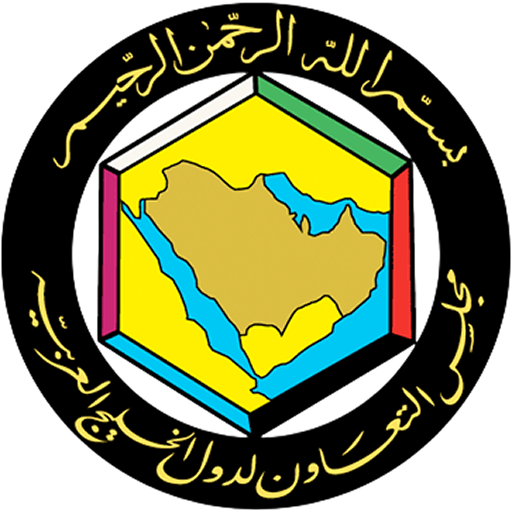Extended Reality (XR) is a cutting-edge technology that combines elements of both virtual reality (VR) and augmented reality (AR) to create immersive and interactive experiences for users. This trending technology is making waves in various industries, from entertainment and gaming to education and healthcare. By blurring the lines between the physical and digital worlds, XR is revolutionizing how we interact with technology and transforming the way we experience the world around us.
One of the key advantages of XR is its ability to transport users to different environments, whether real or imagined. With VR, users can explore virtual worlds and scenarios that would be impossible in the physical realm, while AR overlays digital information onto the real world, enhancing our perception of reality. This versatility allows XR to be applied in a wide range of applications, such as training simulations, design visualization, and virtual tourism.
In the realm of entertainment, XR is reshaping the way we consume media and experience storytelling. VR headsets enable users to immerse themselves in 360-degree videos and interactive narratives, while AR apps bring characters and scenes from movies and TV shows into the real world. With XR, entertainment creators can engage their audiences in new and innovative ways, enhancing their viewing experience and fostering a deeper connection to the content.
In the field of healthcare, XR has proven to be a valuable tool for training healthcare professionals, simulating surgeries, and aiding in patient education. By using VR simulations, medical students can practice surgical procedures in a realistic virtual environment, improving their skills and knowledge without putting real patients at risk. AR applications can also assist surgeons during operations by providing real-time data and visualizations, ultimately enhancing patient outcomes and safety.
Furthermore, XR is revolutionizing the way we learn and collaborate in educational settings. By incorporating VR and AR technologies into classrooms, educators can create engaging and interactive lessons that cater to diverse learning styles. Students can explore historical sites in VR, dissect virtual organisms in AR, and collaborate with peers in immersive virtual environments. XR has the potential to make learning more dynamic and accessible, ushering in a new era of education.
As XR continues to advance and evolve, it is clear that this technology is here to stay. From enhancing entertainment experiences to revolutionizing healthcare and education, XR has the power to transform industries and improve the way we interact with the world around us. As we push the boundaries of what is possible with extended reality, the opportunities for innovation and creativity are limitless.
 :
https://www.pinterest.com/xceltec0192/
:
https://www.pinterest.com/xceltec0192/












